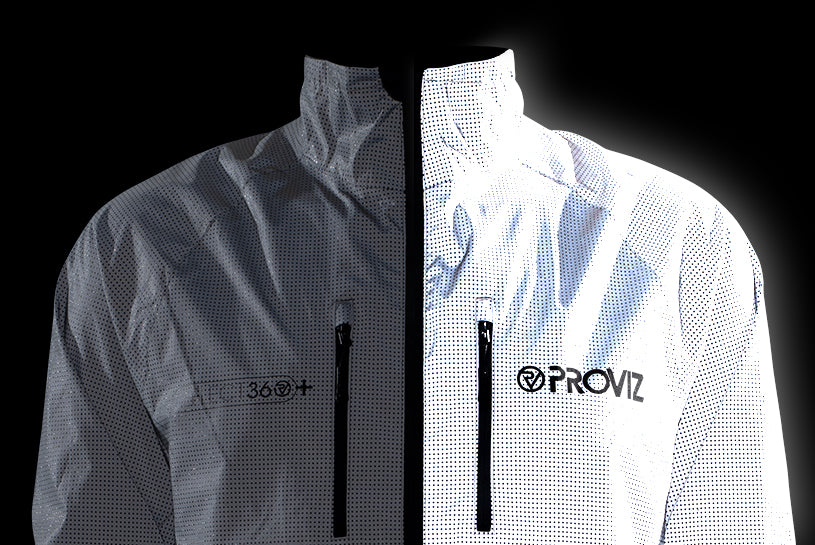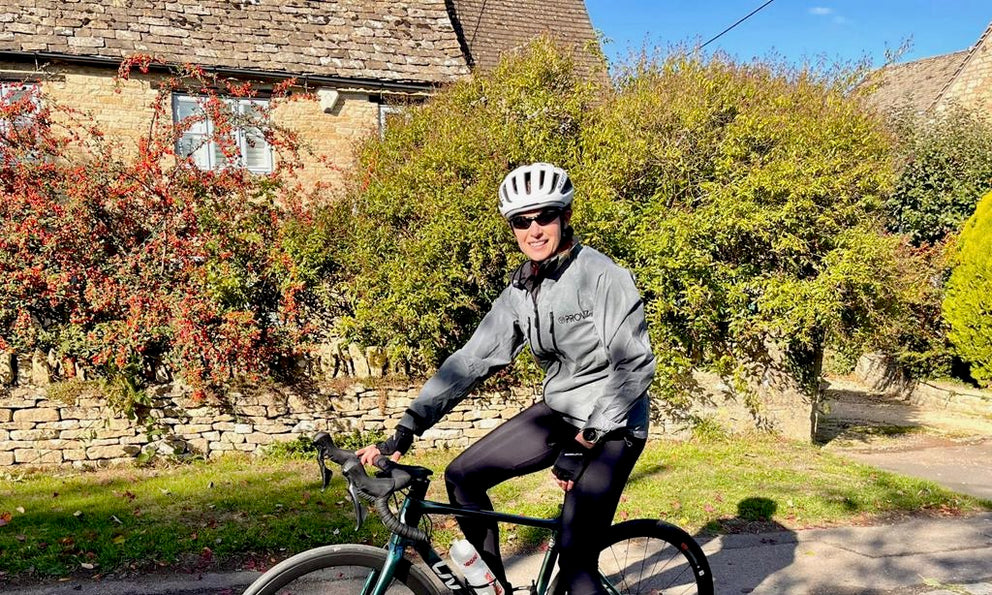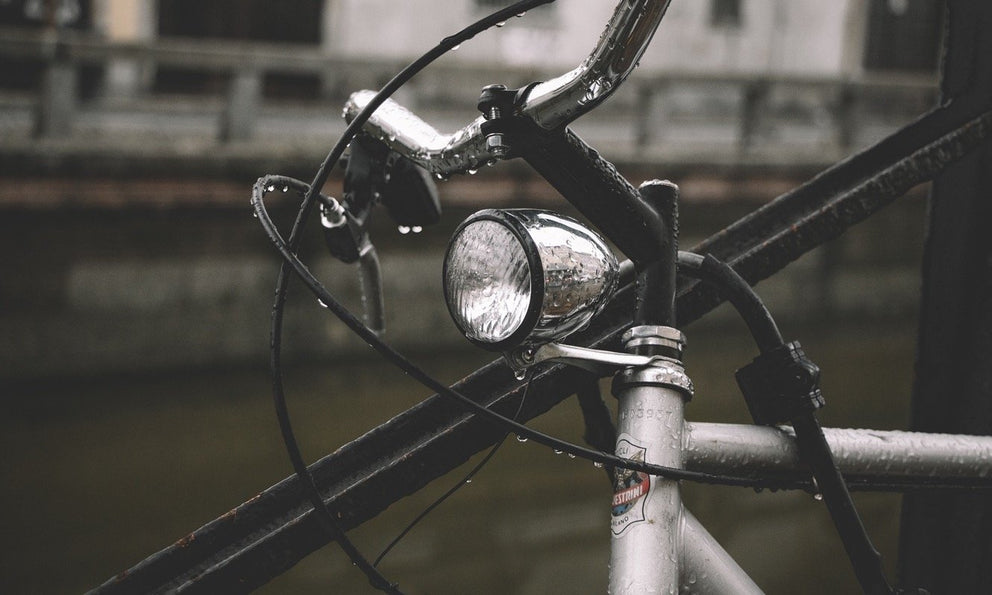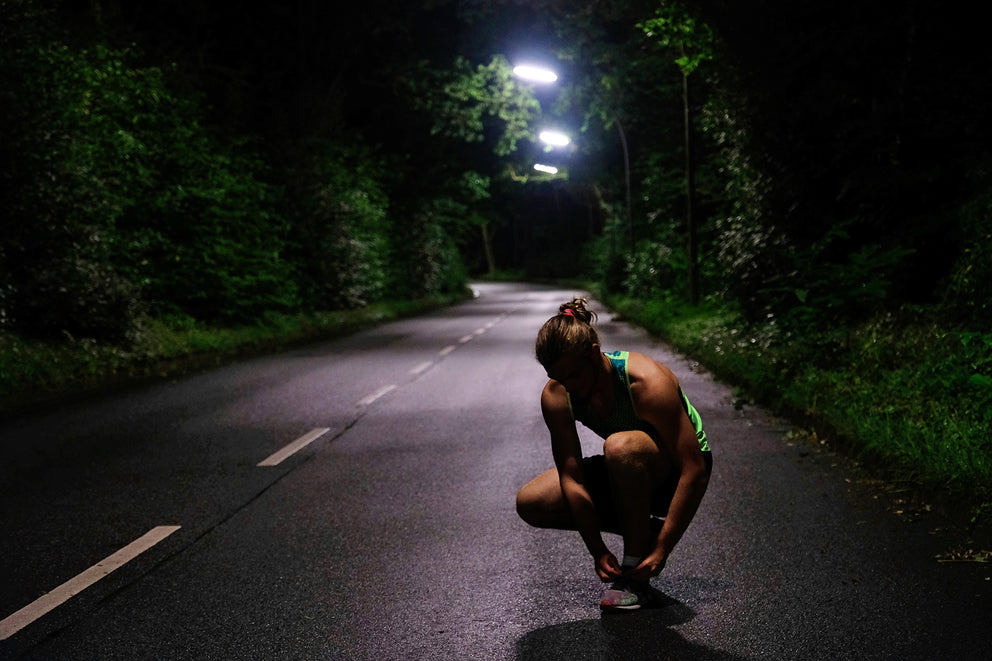Cycling is a fantastic way to explore the outdoors, stay fit, and reduce your carbon footprint. Whether you're just getting started or a seasoned cyclist, the right clothing can make a significant difference in your comfort and performance on the road. In this comprehensive guide, we'll help you navigate the world of cycling attire, from the basics to seasonal considerations, and answer some common questions about what to wear when cycling.
Choosing the Right Gear for the Ride Ahead
Cycling offers an array of benefits, from improving your fitness to enjoying the beauty of nature. However, one aspect that often perplexes beginners and even some experienced riders is the question of what to wear. The choices are vast, and making the wrong selection can lead to discomfort and even safety concerns.
In this guide, we will unravel the intricacies of choosing the perfect cycling attire, from the initial stages of cycling in your everyday clothes to understanding why investing in specialized cycling clothing can elevate your riding experience. Let's begin by exploring what beginners should wear when embarking on their cycling journey.
What Should a Beginner Wear for Cycling?
Starting with the Basics: Your Everyday Clothes
If you're new to cycling and just beginning to explore the joys of pedaling, there's no need to rush out and purchase an entire cycling wardrobe. For short rides around your neighborhood or leisurely spins, your everyday attire can suffice. Here are some tips for beginners:
- Comfort is Key: Opt for comfortable, moisture-wicking fabrics like cotton or lightweight synthetic blends. These materials help keep you cool and dry during short rides.
- Avoid Baggy Clothes: Loose clothing can get caught in your bike's chain or gears, posing a safety risk. Choose well-fitted clothing to minimize such issues.
- Safety First: Regardless of your experience level, always wear a helmet. Your safety should never be compromised.
While you can certainly start cycling in your regular clothes, as you progress and your rides become longer and more frequent, you'll soon realize the limitations of everyday attire.
Wearing Normal Clothes for Cycling - Tips & Limitations
The Pros and Cons of Everyday Attire
While it's perfectly acceptable to cycle in regular clothing for short rides, there are limitations to consider:
- Limited Moisture Management: Everyday clothes may not efficiently wick away sweat, leaving you feeling damp and uncomfortable during longer rides.
- Reduced Aerodynamics: Baggy clothing can create unnecessary wind resistance, making it harder to maintain speed on your bike.
- Limited Visibility: Unlike specialized cycling attire, regular clothes may not feature reflective elements, which are crucial for visibility in low-light conditions.
As you progress in your cycling journey and start taking on longer rides, it's advisable to invest in dedicated cycling clothing. Let's delve into what makes cycling clothing unique and when it becomes essential.
What is Cycling Clothing and When Will I Need It?
Understanding the Distinctions
Cycling clothing is purpose-built to enhance your comfort, performance, and safety while on the bike. Here's what sets it apart from regular attire:
- Aerodynamics: Cycling jerseys and other tops are designed to reduce wind resistance, helping you ride more efficiently and comfortably.
- Breathability: Many cycling garments are made from moisture-wicking materials that keep sweat away from your skin, preventing discomfort and chafing.
- Visibility: Cycling attire often incorporates reflective elements or bright colors, making you more visible to motorists, especially in low-light or adverse weather conditions.
Now, let's explore the essential components of cycling attire and what you should consider wearing for your rides.
Cycling Clothing Essentials - What to Wear for Cycling
Top Half Clothing (Tops, Jackets, Gilets, etc.)
Cycling Jerseys: These form-fitting tops are designed for comfort and moisture management. They often feature a full-length zipper for ventilation.
Cycling Jackets: For cooler or wetter conditions, a cycling jacket provides wind and water resistance to keep you warm and dry.

Gilets: These sleeveless tops add an extra layer of insulation without restricting arm movement. Great for transitional weather.

Explore cycling jackets and tops here
Bottom Half Clothing (Shorts, Trousers, Leggings/Tights, Bib Shorts)
Cycling Shorts: Padded cycling shorts reduce discomfort during long rides and prevent chafing. They come in various lengths, including bib shorts that provide extra comfort and coverage.
Cycling Trousers: For colder or wetter rides, cycling trousers offer protection and warmth. Look for options with windproof and waterproof features.
Discover cycling trousers and shorts here
Head (Helmet)
Cycling Helmet: A well-fitted helmet is your primary safety accessory. It protects your head in case of falls or accidents. Always choose one that complies with safety standards.
Hands (Gloves)
Cycling Gloves: These gloves provide grip, reduce vibration, and protect your hands in case of a fall. They also keep your hands warm in colder weather.
Feet (Shoes)
Cycling Shoes: Cycling-specific shoes offer a secure connection to your pedals, enhancing power transfer and comfort during your rides.
Accessories (Sunglasses, Backpacks, etc.)
Sunglasses: Protect your eyes from UV rays, debris, and insects. Cycling-specific sunglasses often come with interchangeable lenses for various lighting conditions.
Backpacks or Saddlebags: Carry essentials like water, tools, and snacks in a backpack or saddlebag designed for cycling.

Explore cycling accessories here
Cycling Through the Seasons
Cycling clothing needs vary with the seasons:
Cycling in Warm Weather (Summer): Lightweight, breathable clothing like short-sleeve jerseys and shorts are ideal. Don't forget sunscreen and stay hydrated.
Cycling in Cold Weather (Winter): Layer up with thermal jerseys, windproof jackets, and thermal tights. Gloves and shoe covers keep your extremities warm and dry.
FAQs about Cycling Clothes
Can I Wear Jeans for Cycling?
While jeans are okay for short rides, they lack the flexibility and moisture-wicking properties of cycling-specific shorts or trousers.
Can I Cycle with Trainers?
Trainers are suitable for casual rides, but cycling shoes provide better power transfer and comfort.
Can You Wear Regular Sunglasses for Cycling?
Regular sunglasses work, but cycling-specific ones often offer better coverage, UV protection, and anti-fog features.
Choosing the right clothing for cycling is a journey in itself. While beginners can start with everyday clothes, investing in specialized cycling attire as you progress can significantly enhance your riding experience. Remember, it's not just about looking the part; it's about ensuring your comfort, safety, and performance on the road. So, gear up, hit the trails, and embrace the joy of cycling with the right attire.

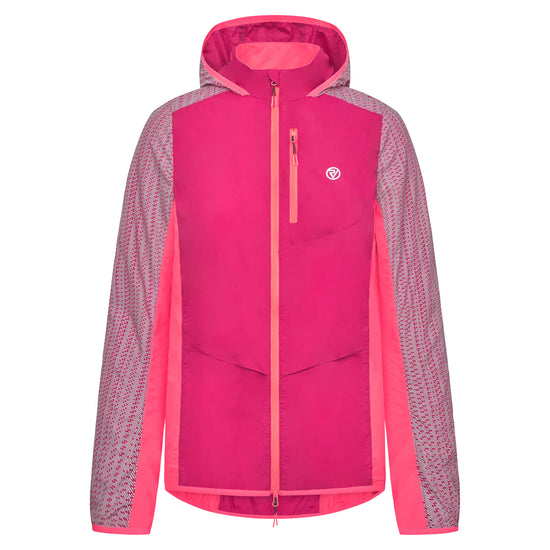


 British designed
British designed
